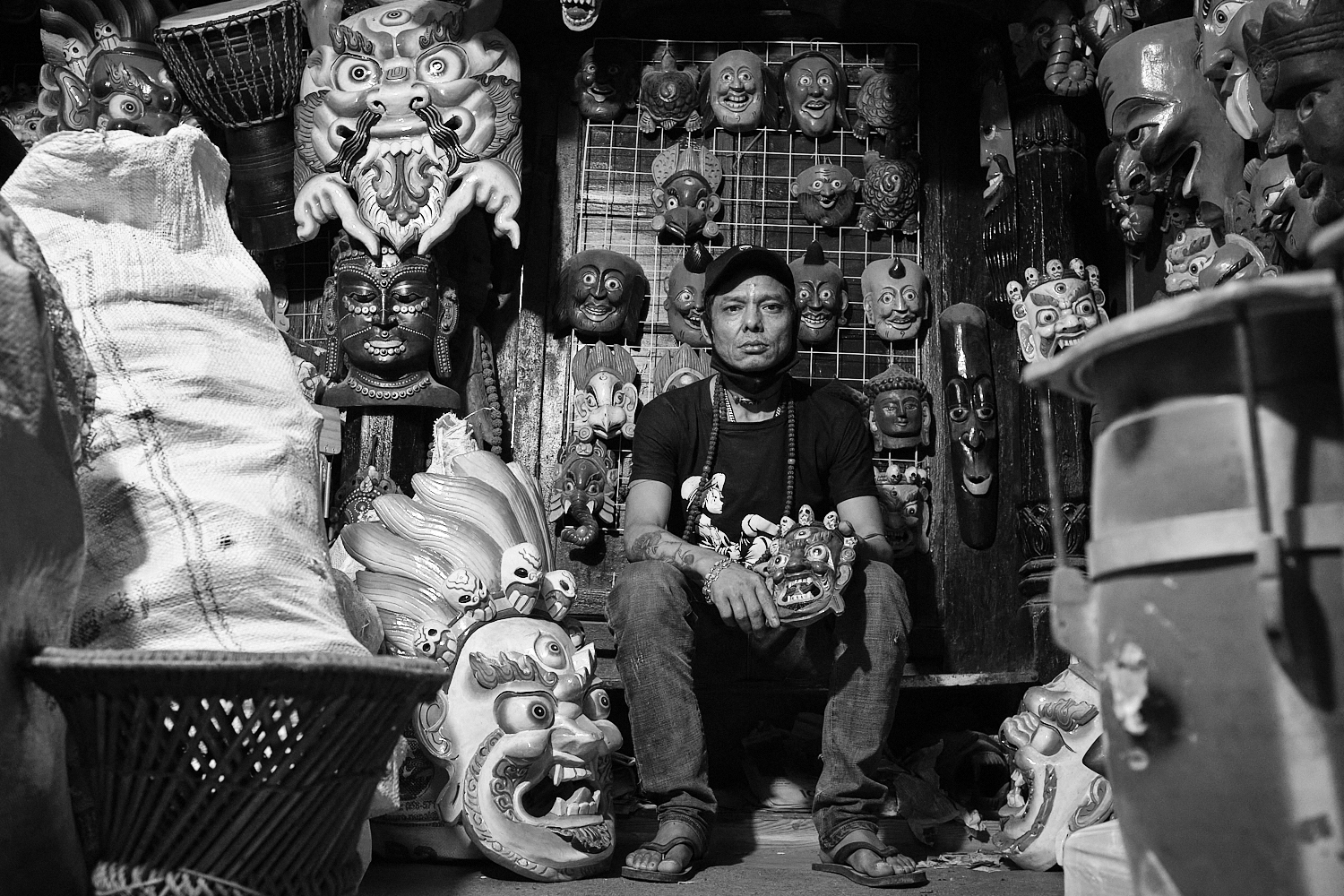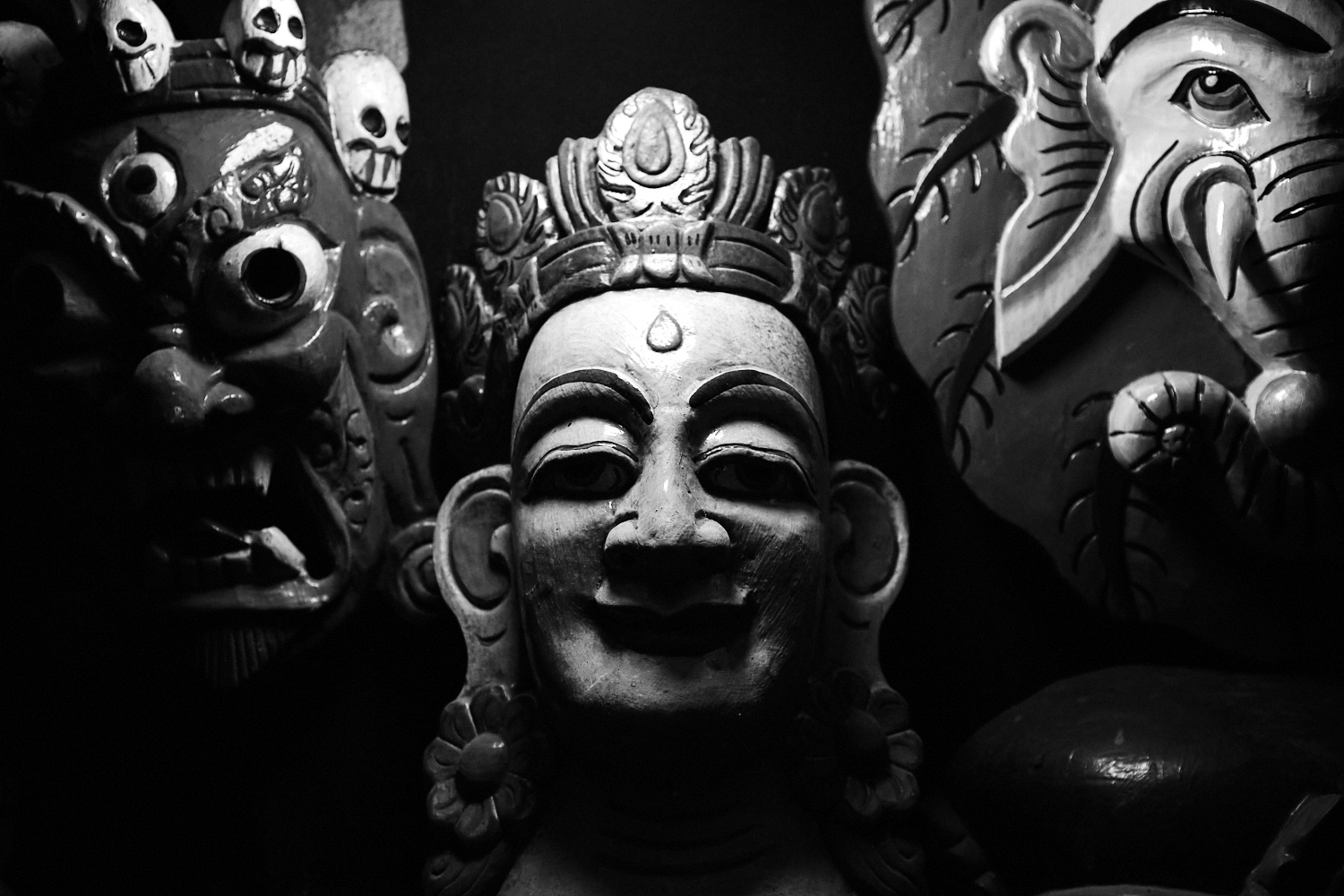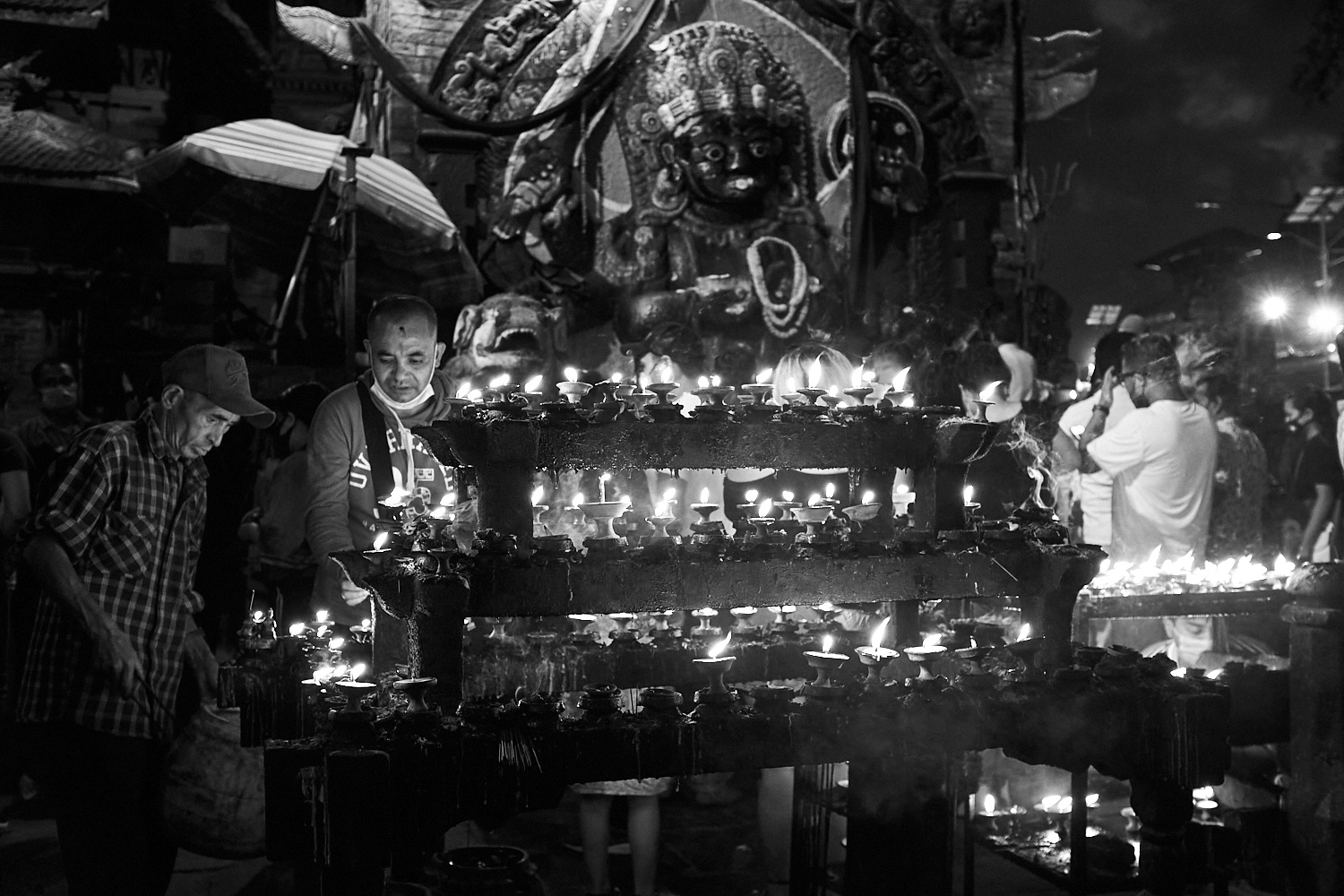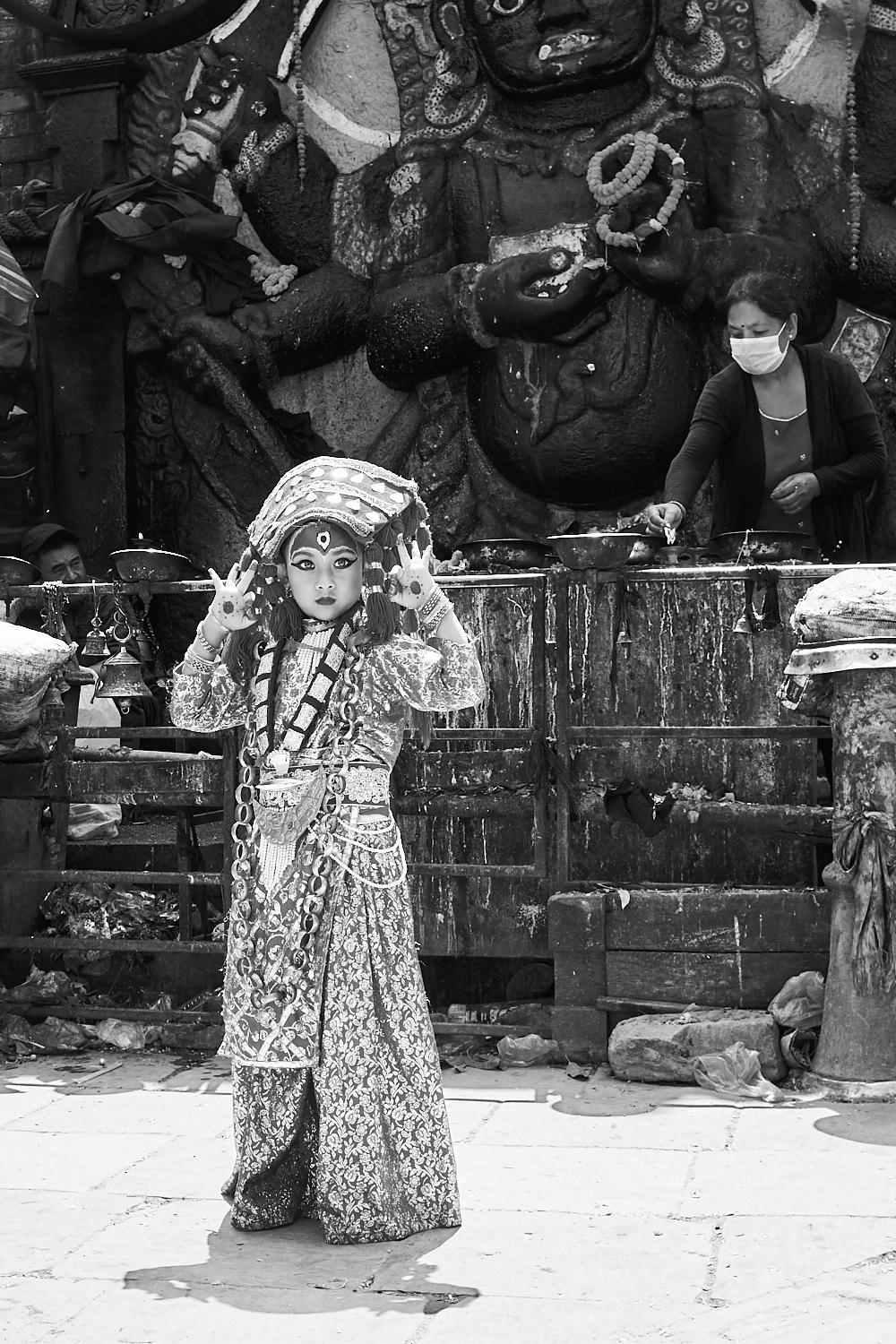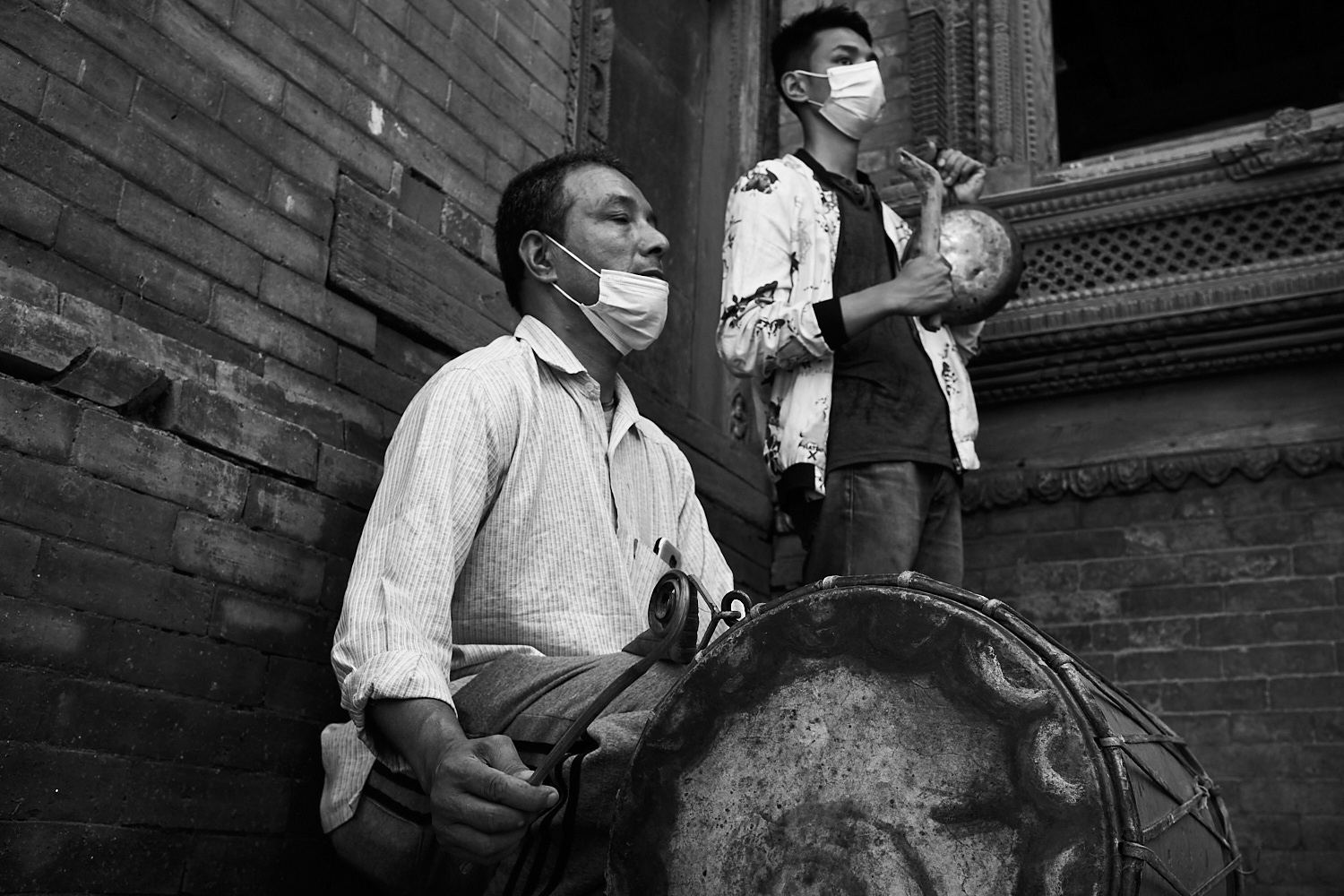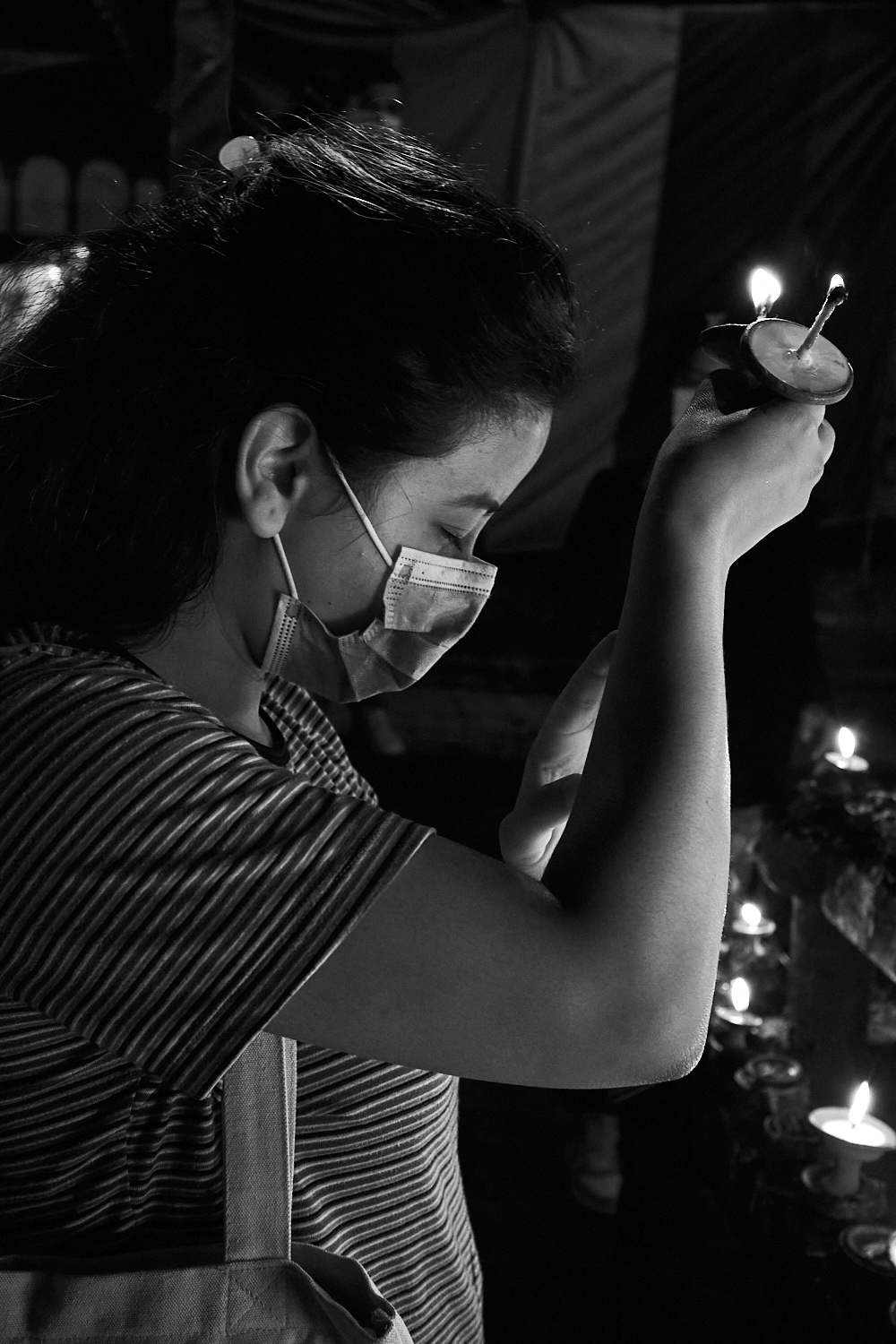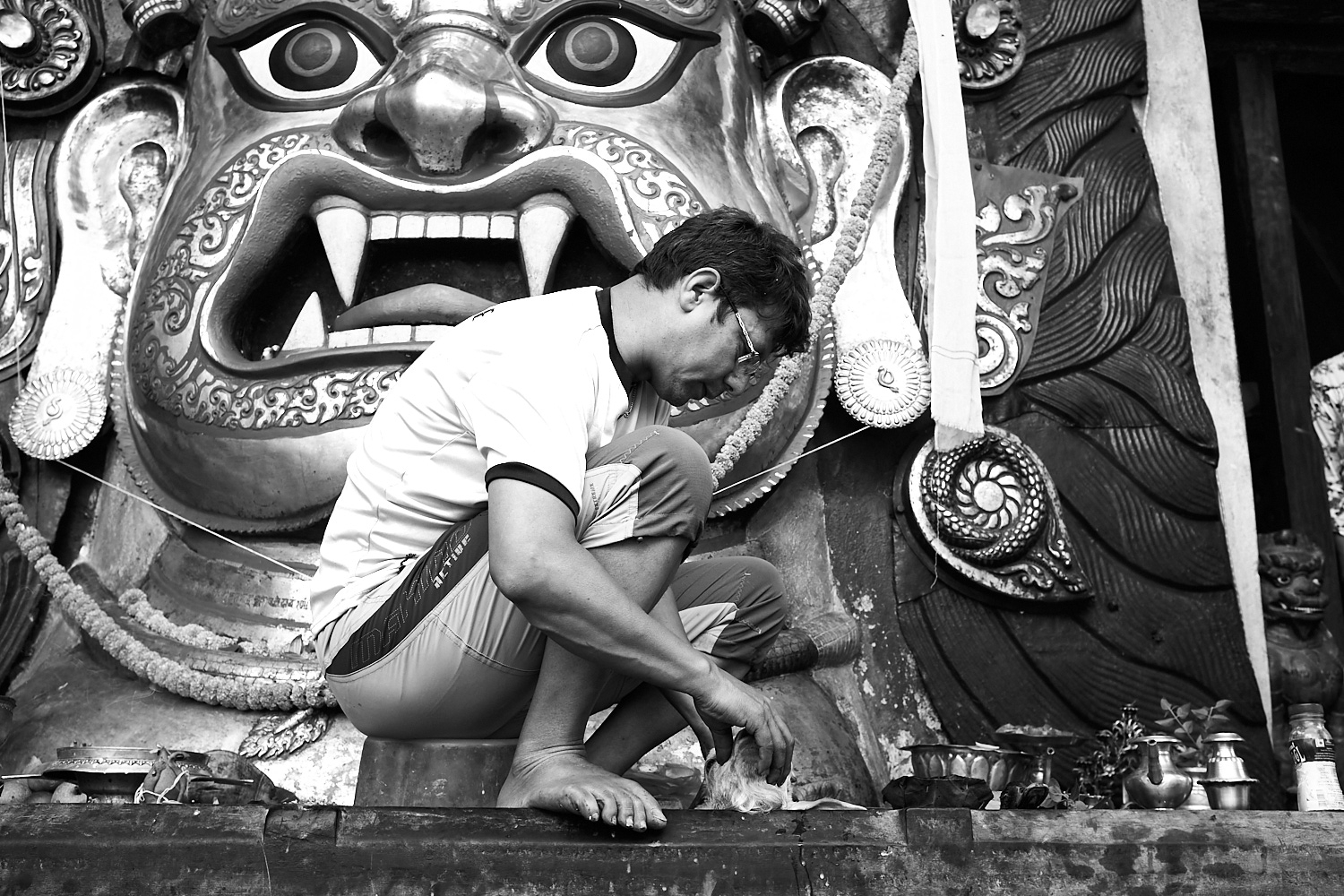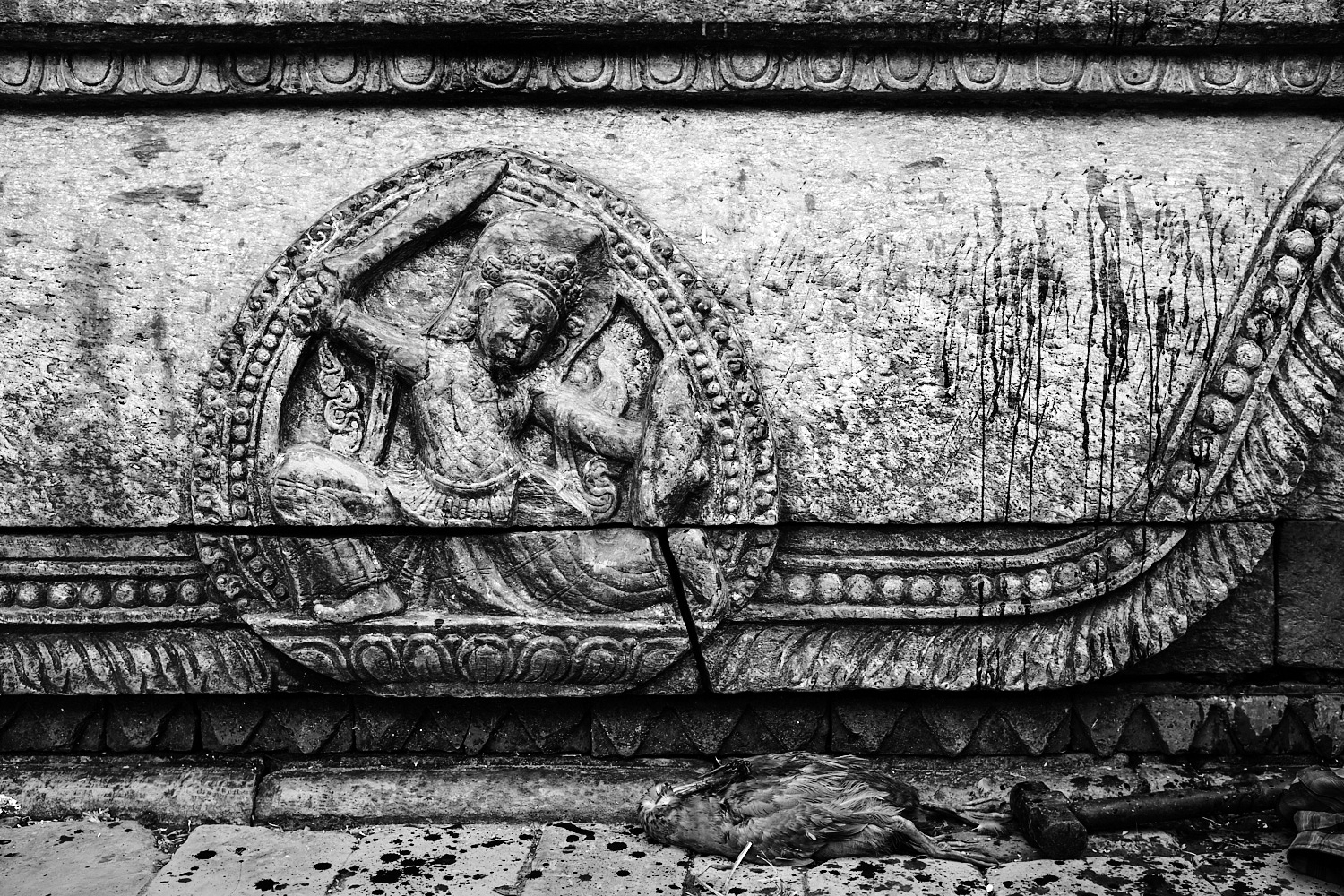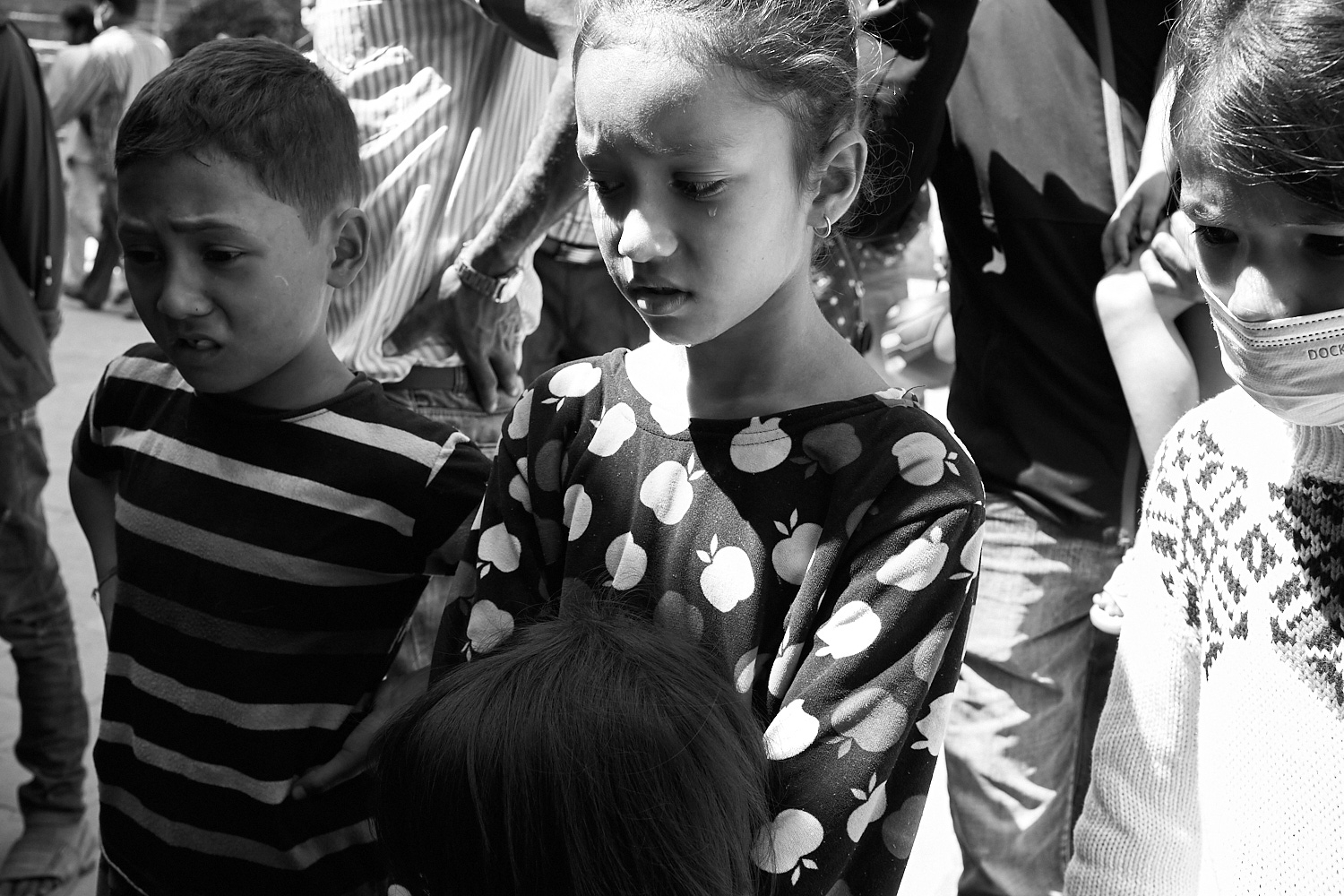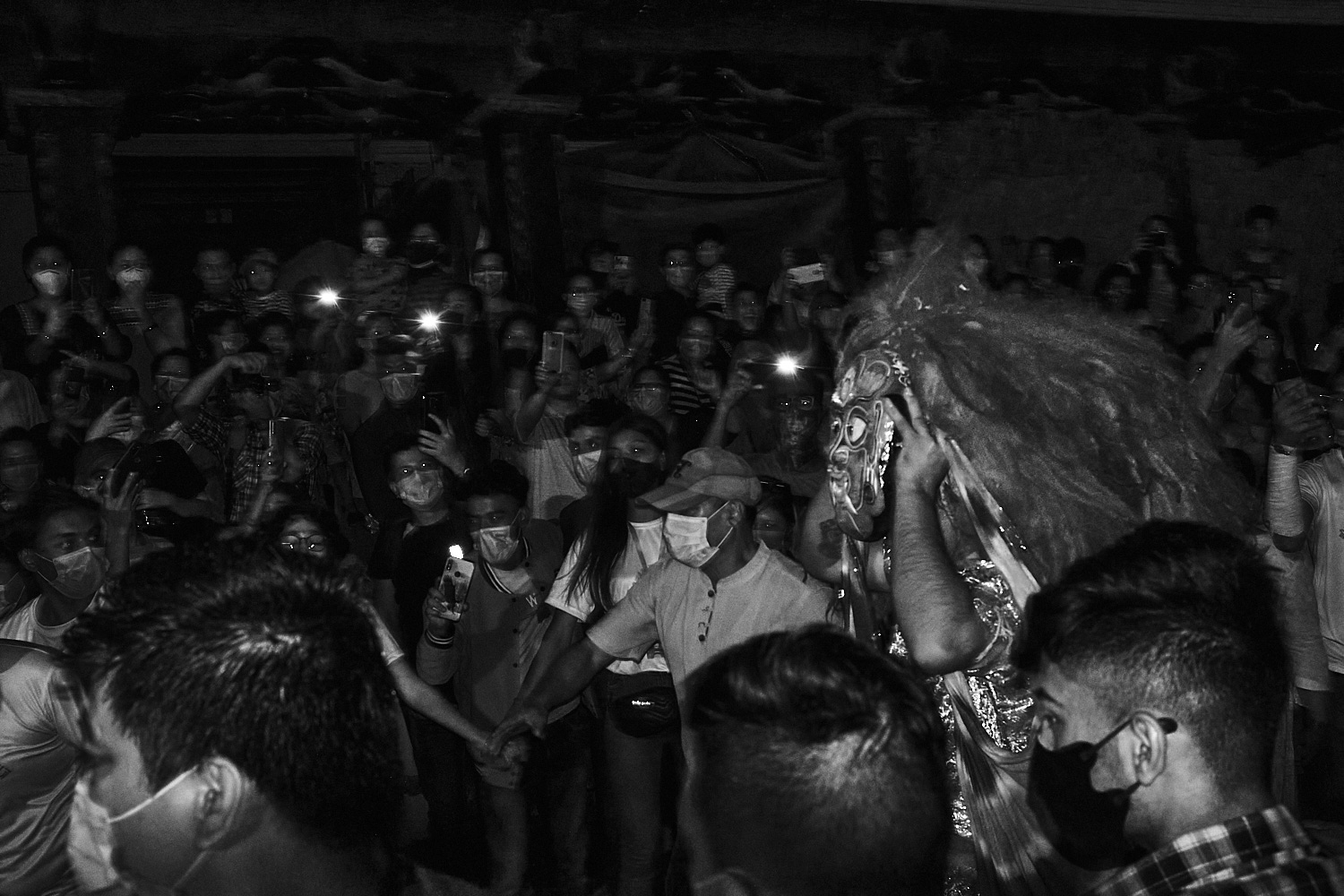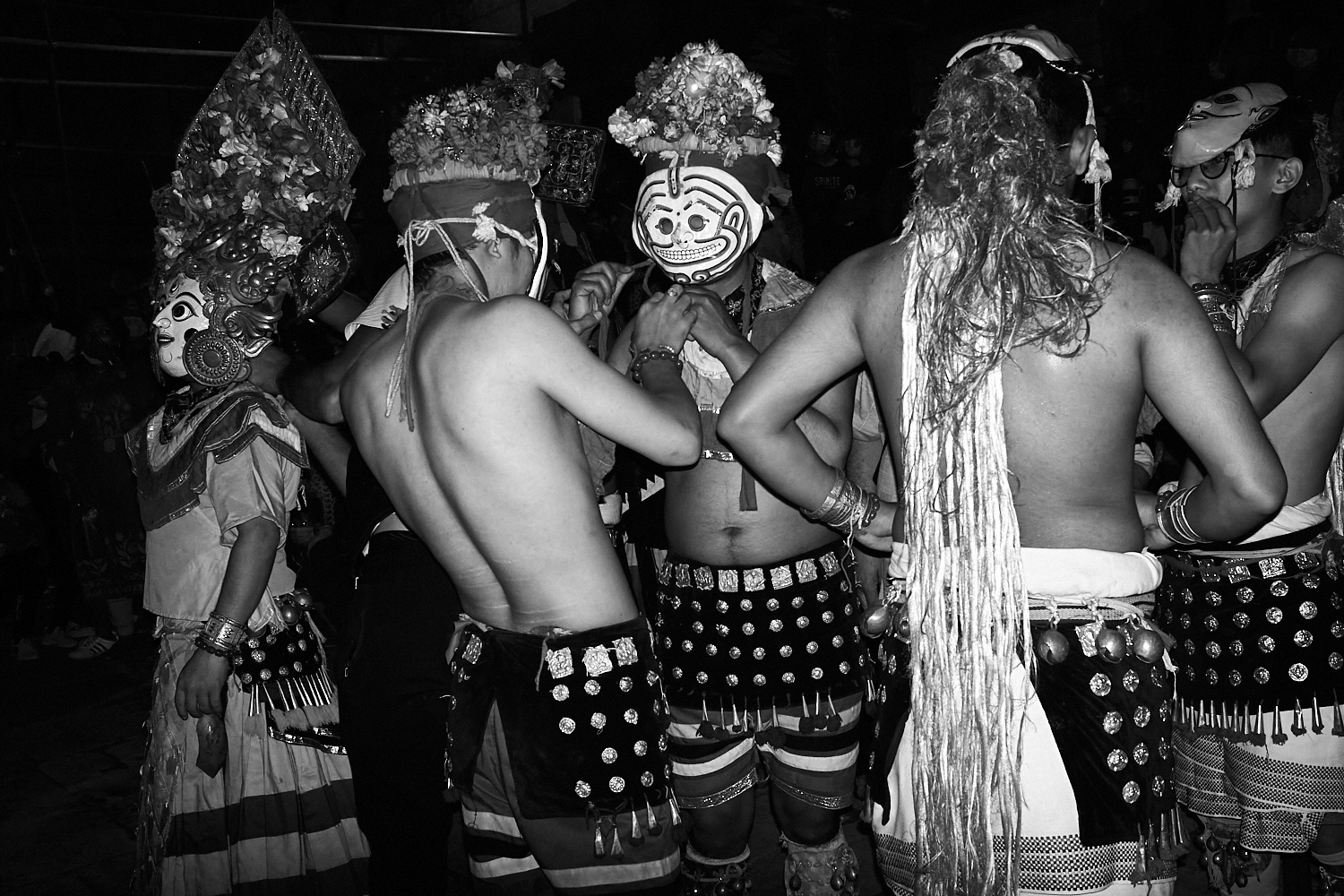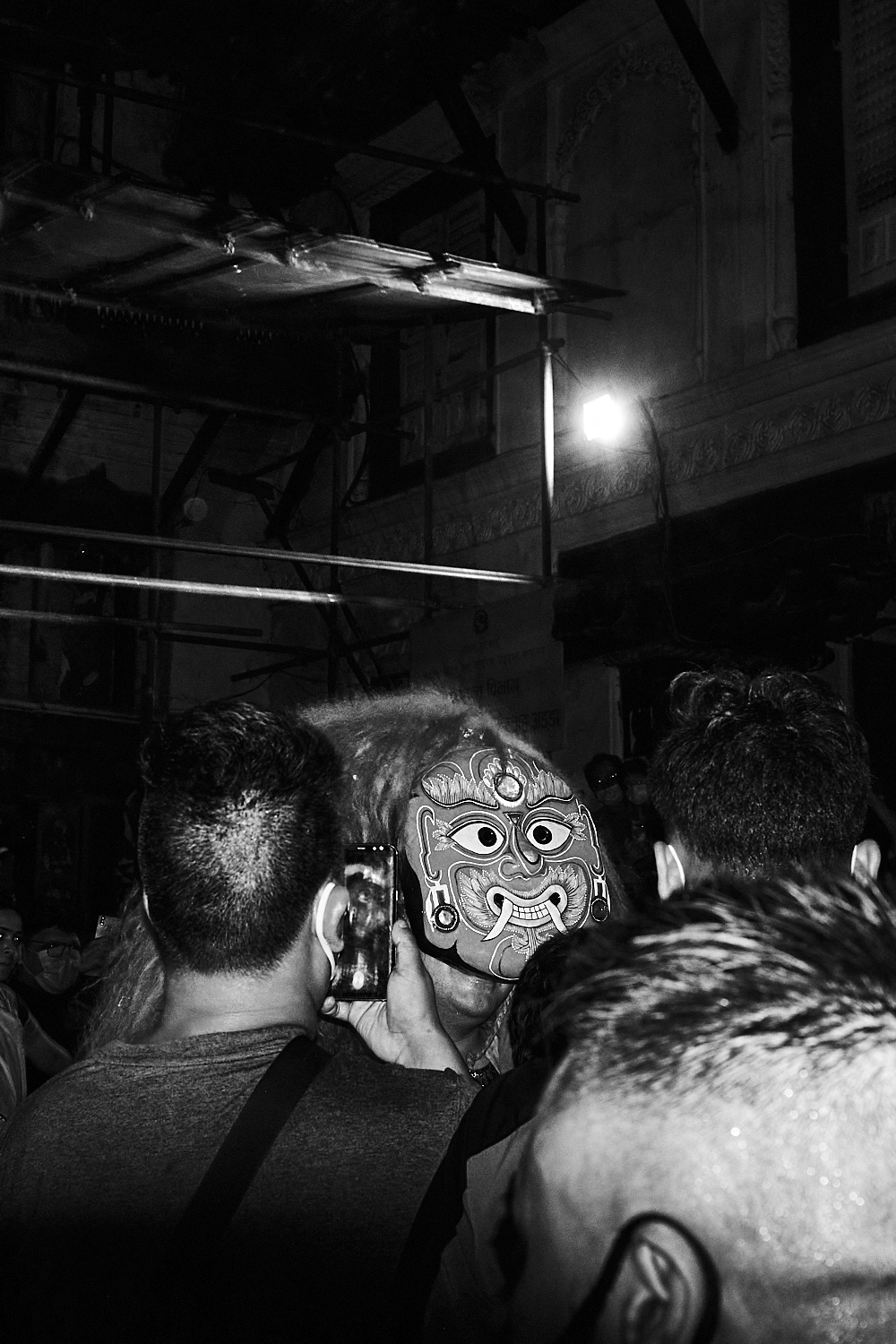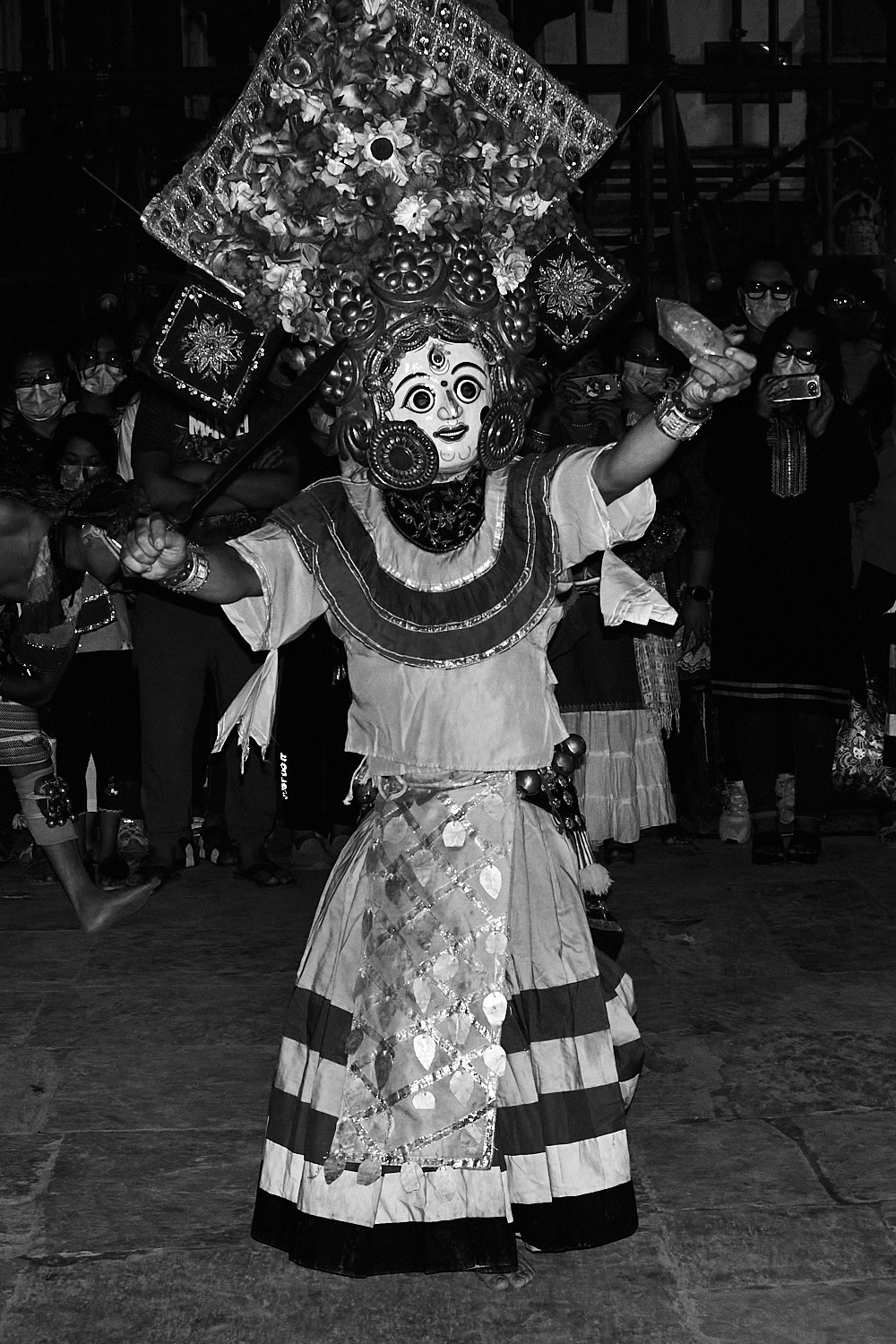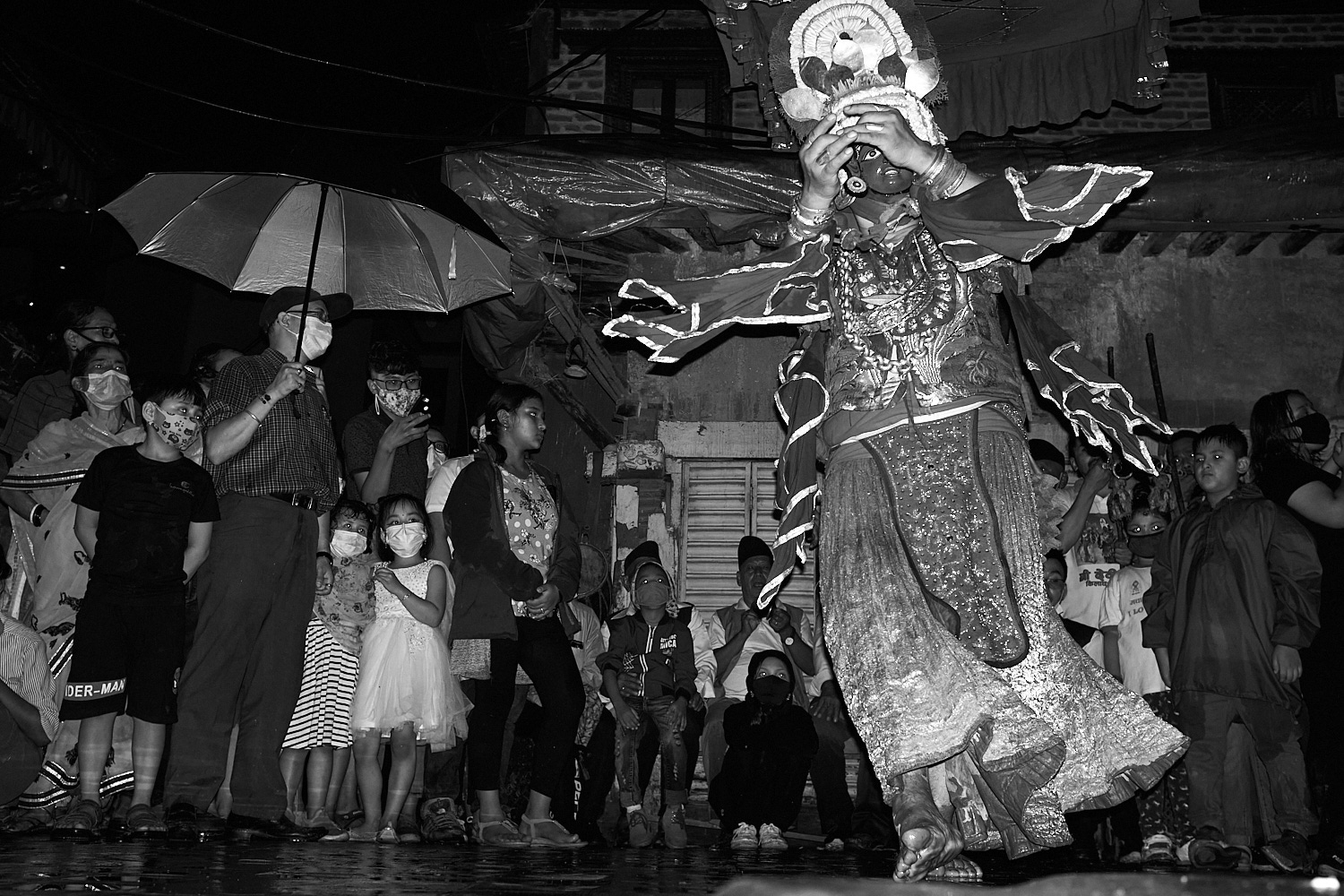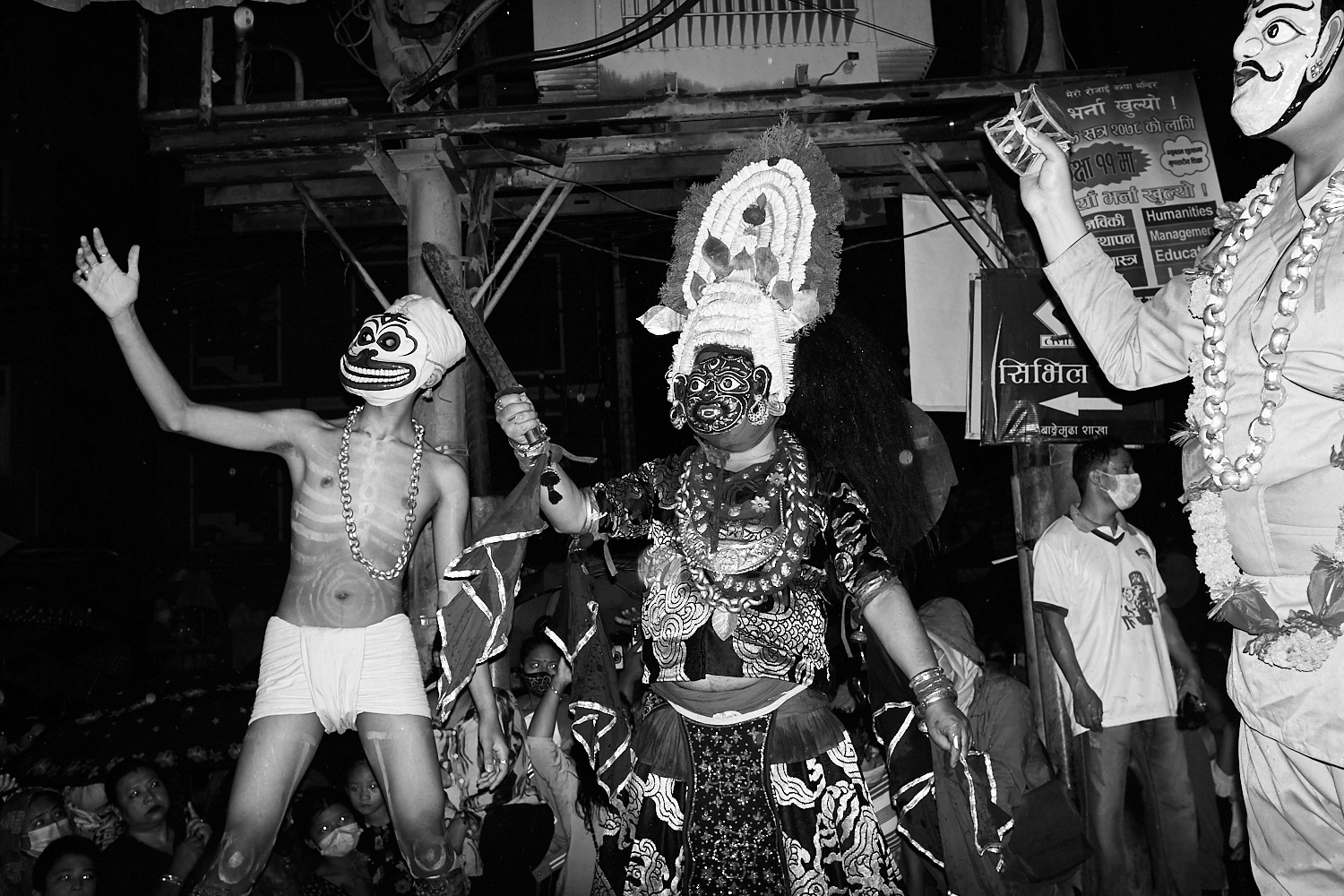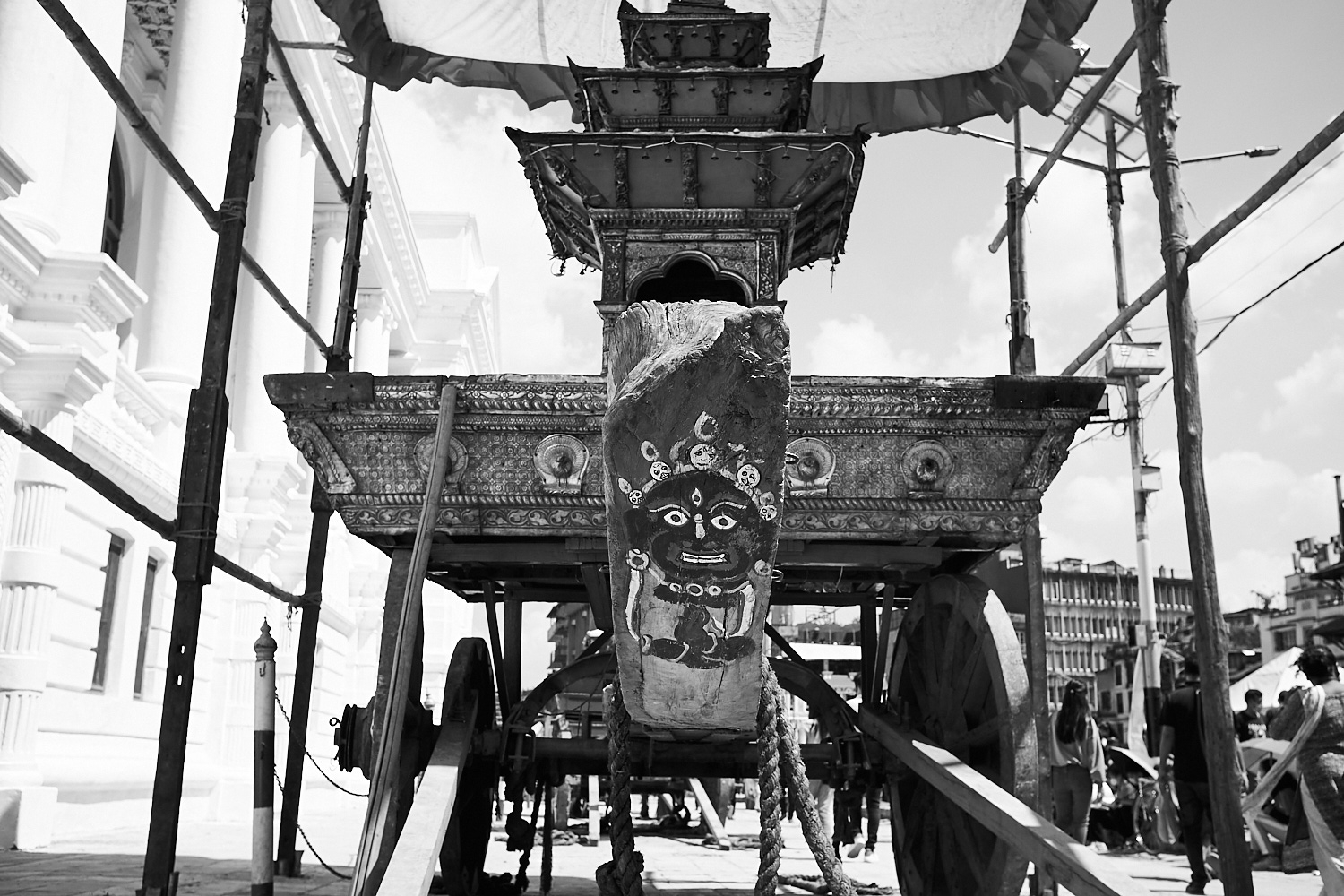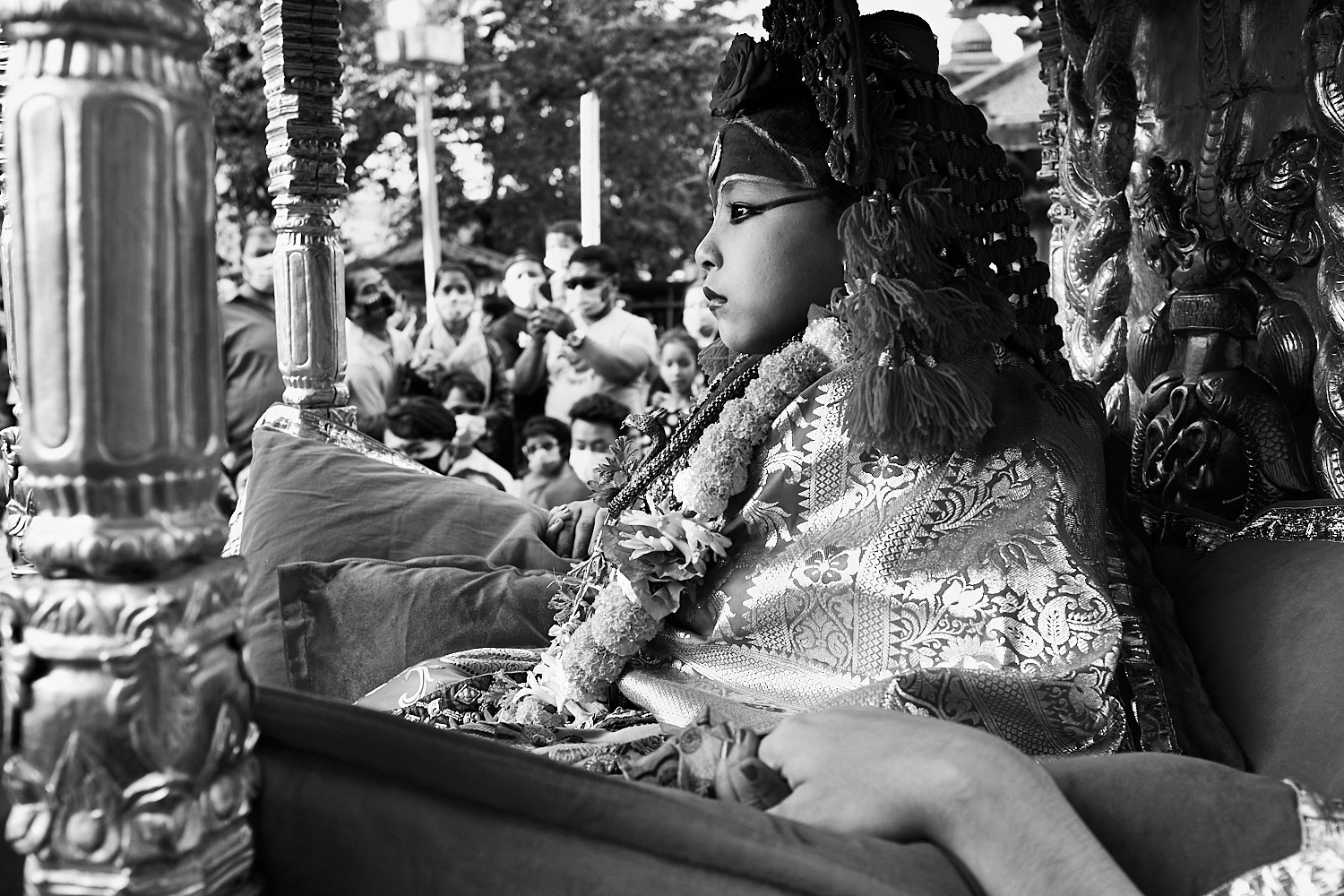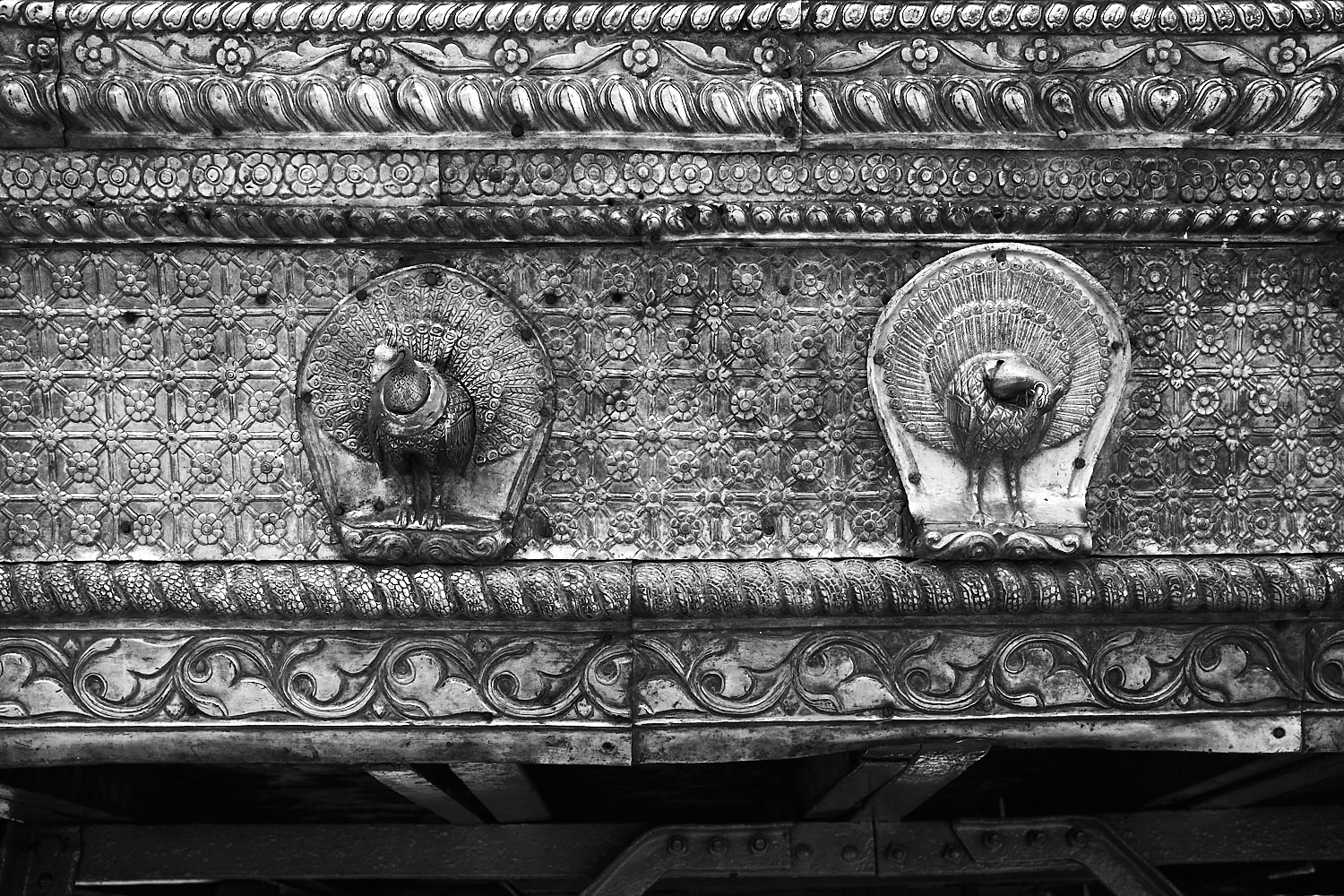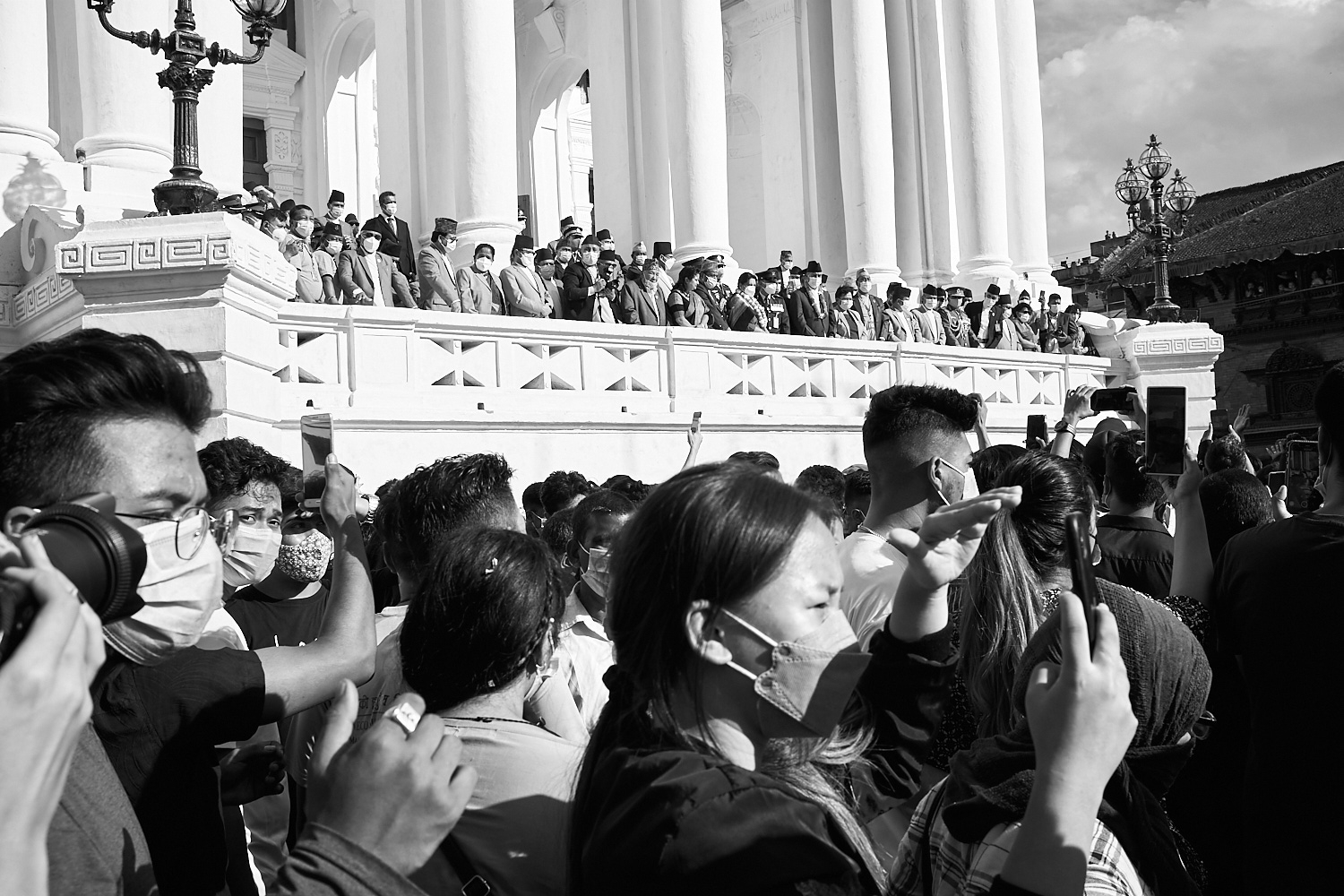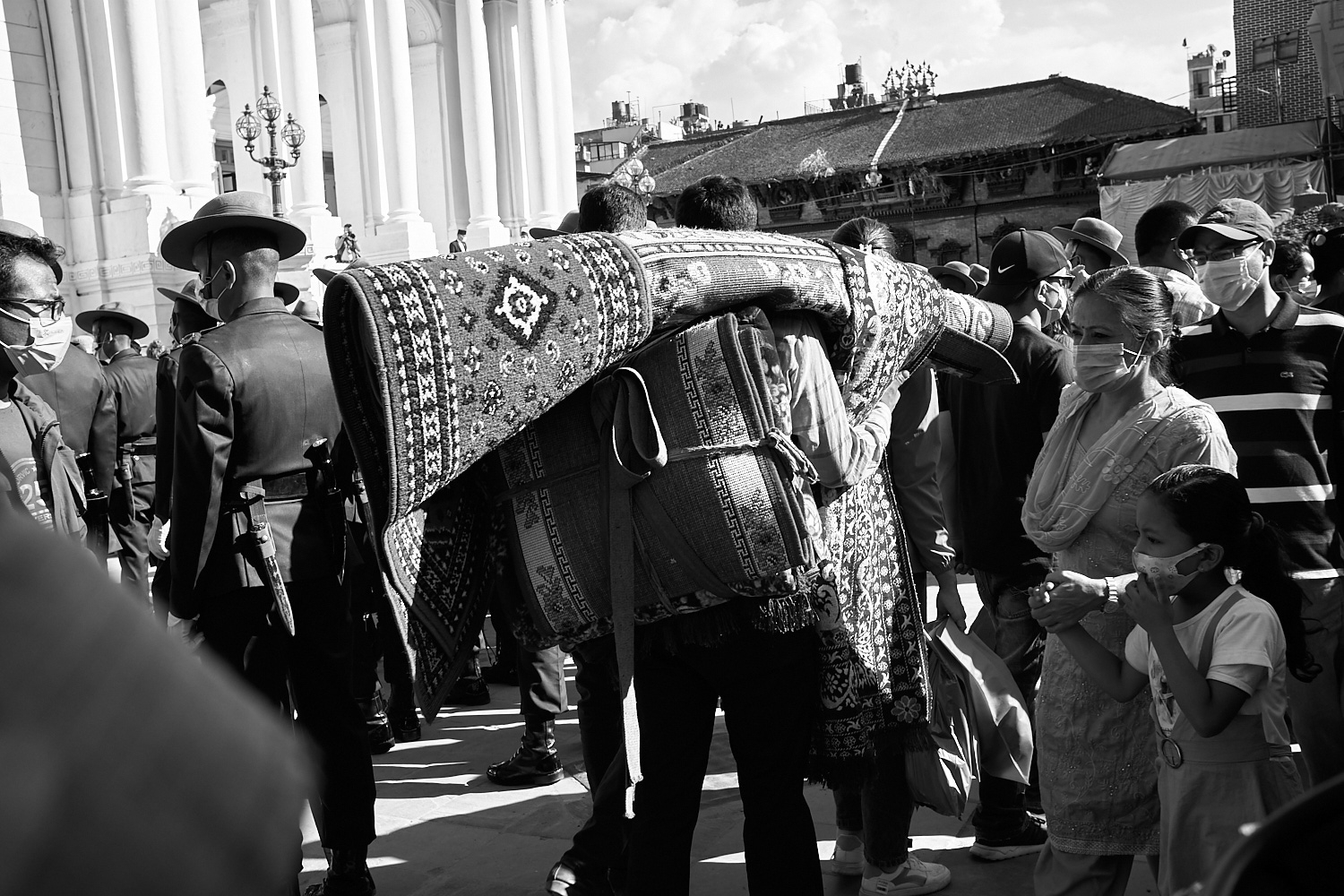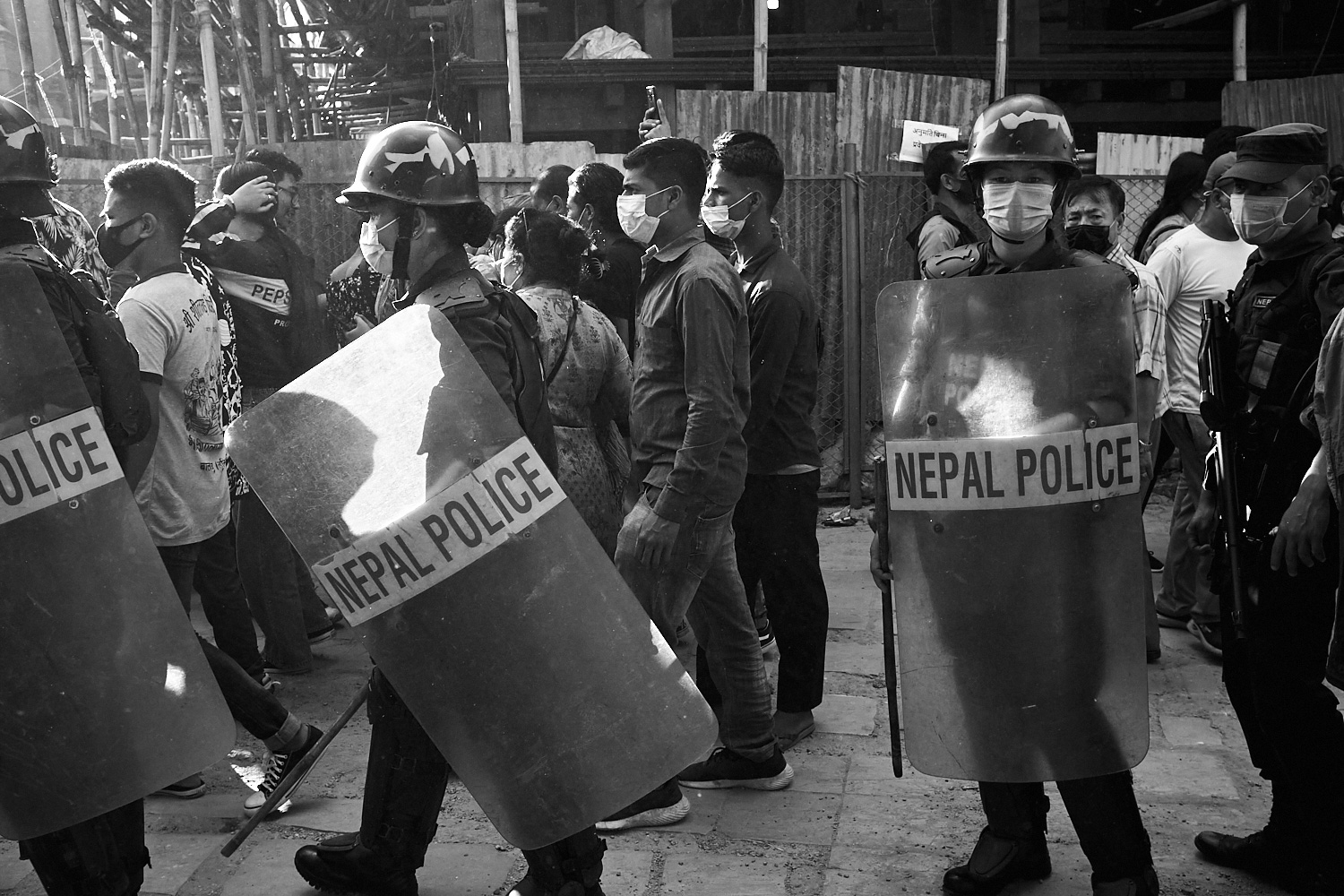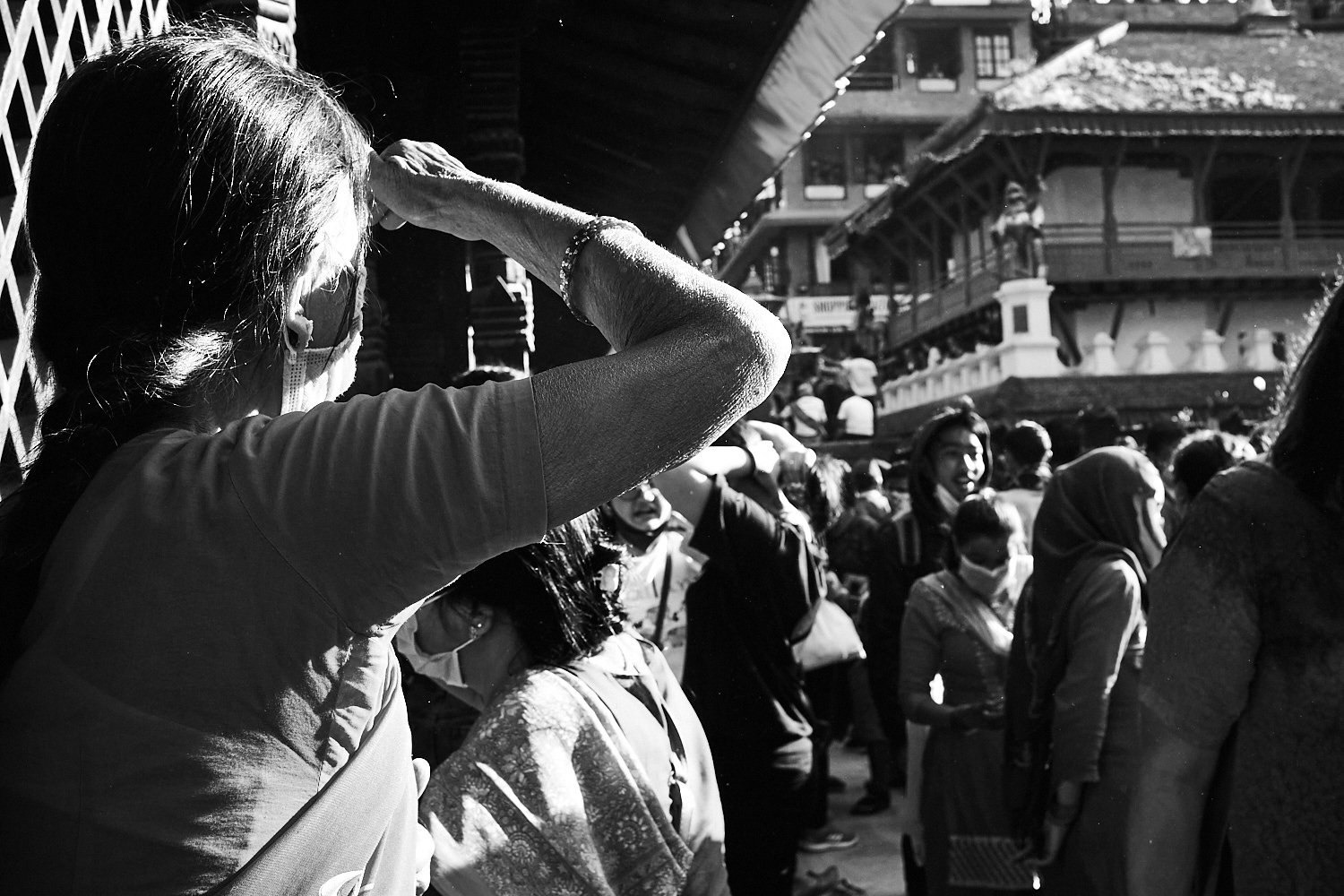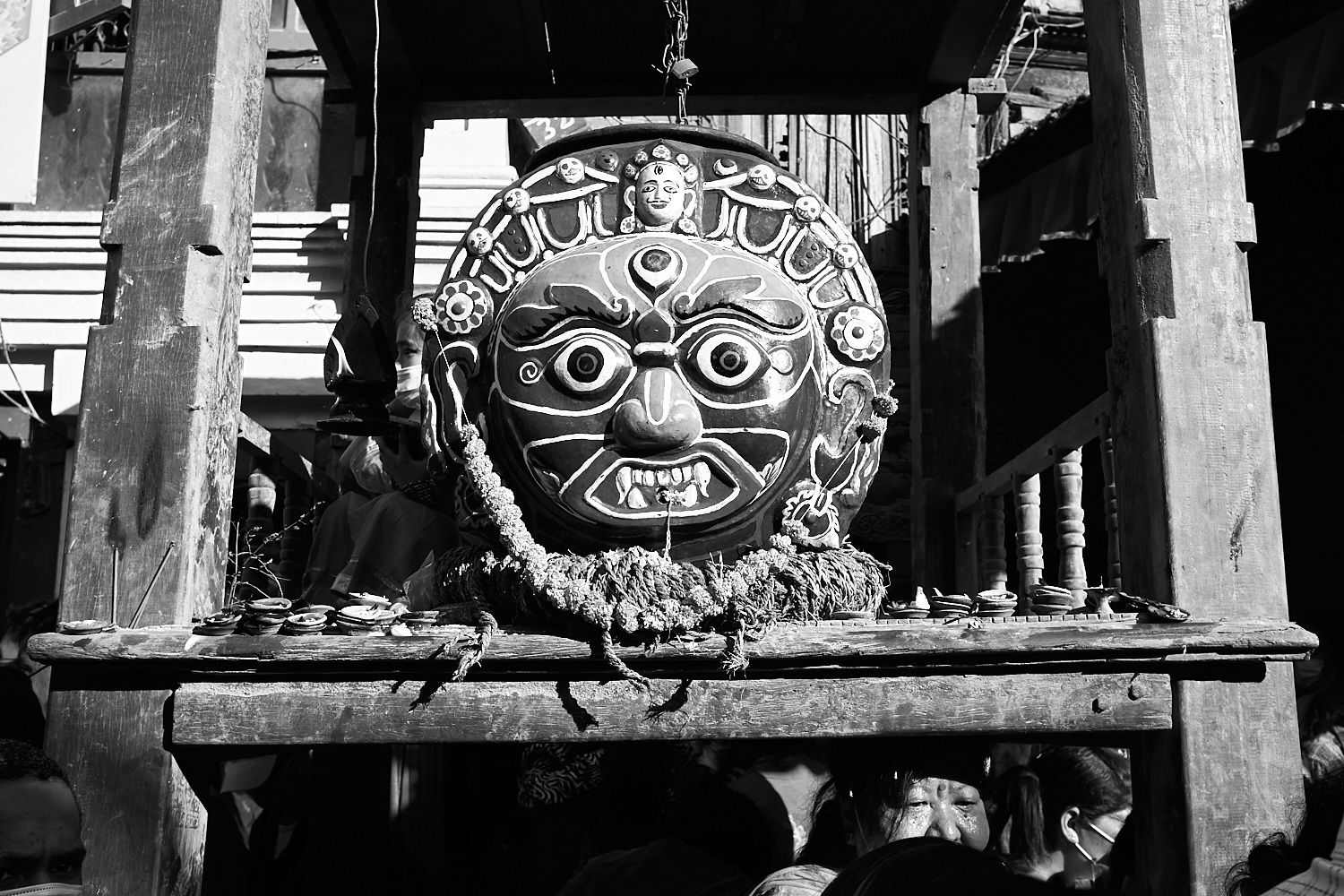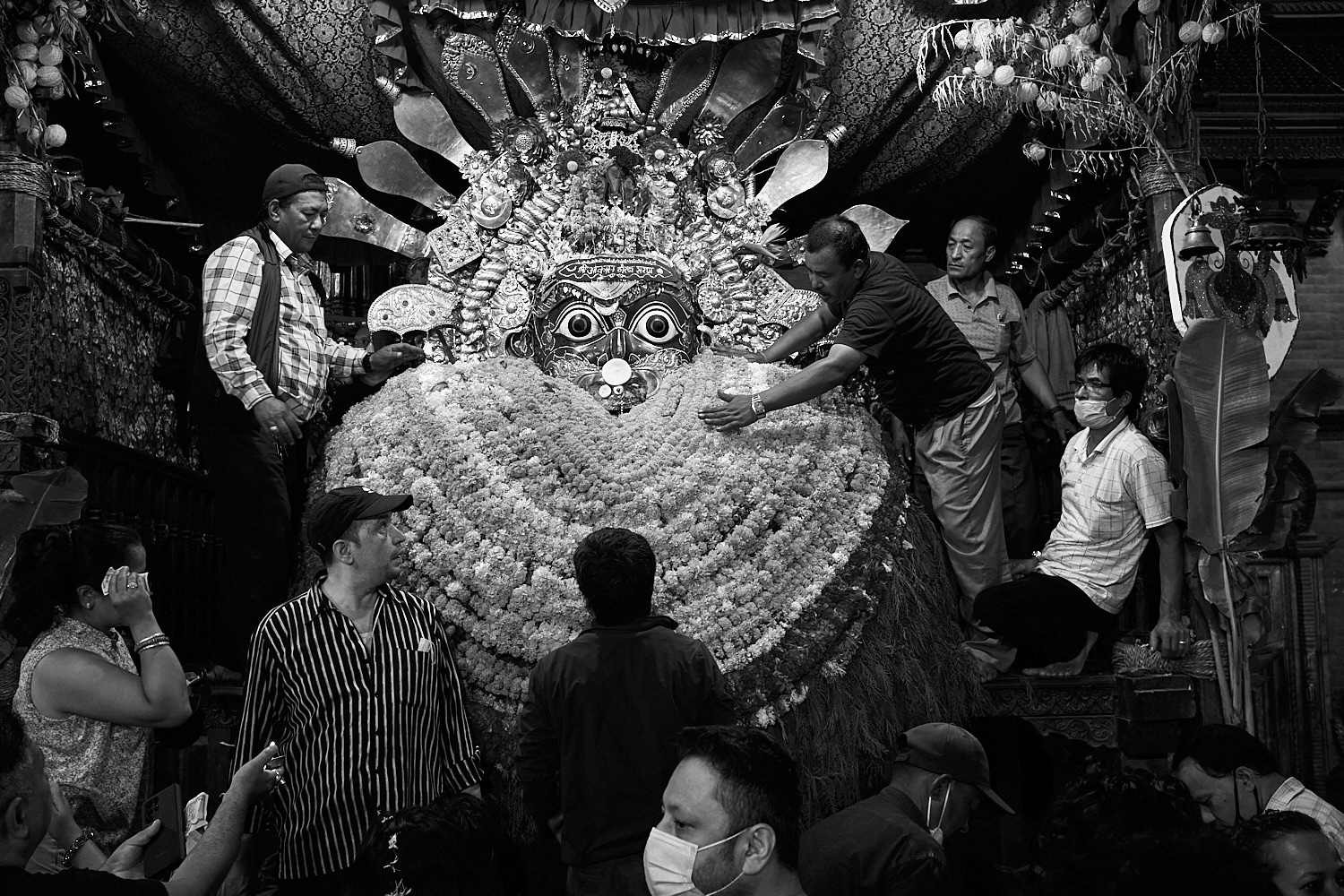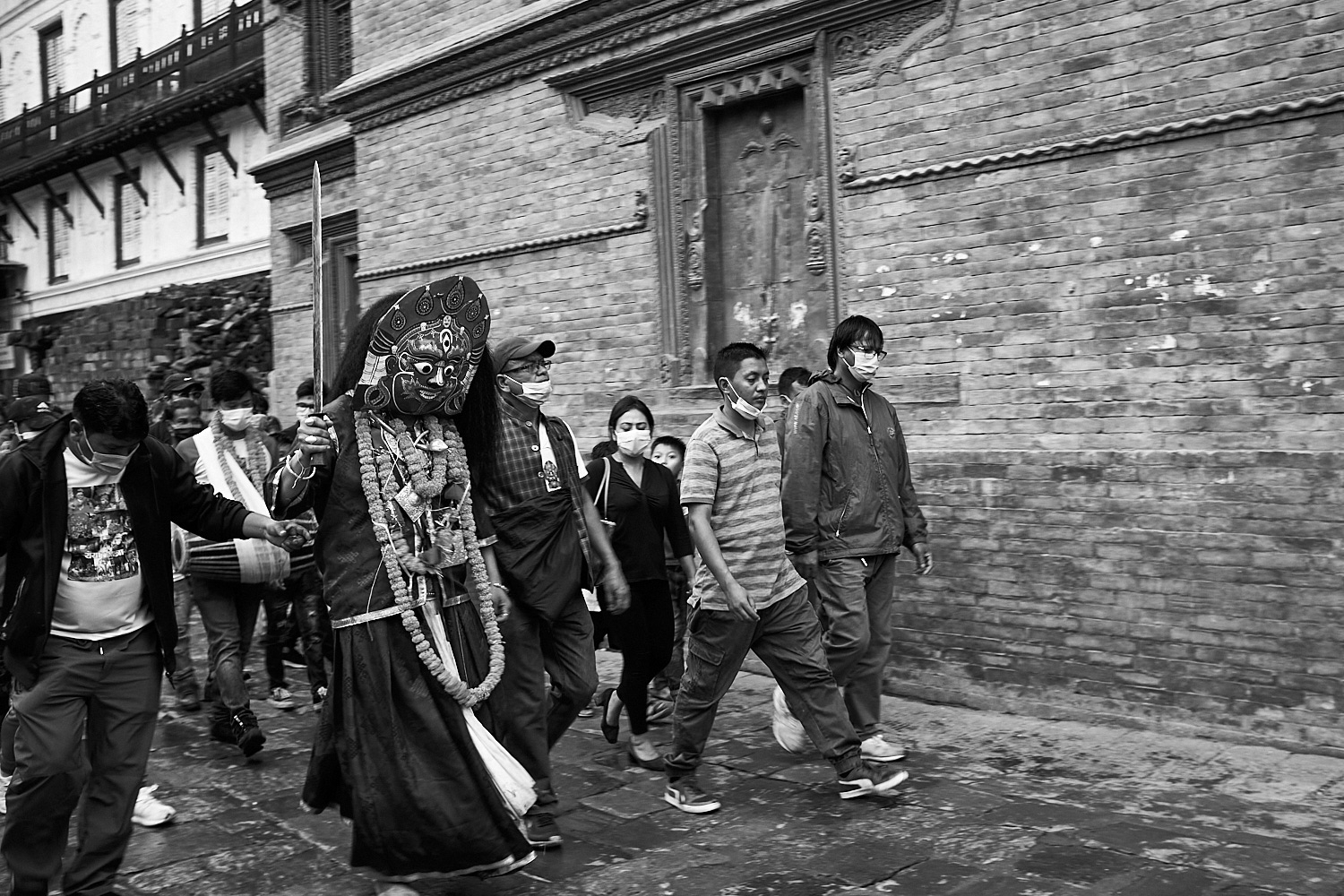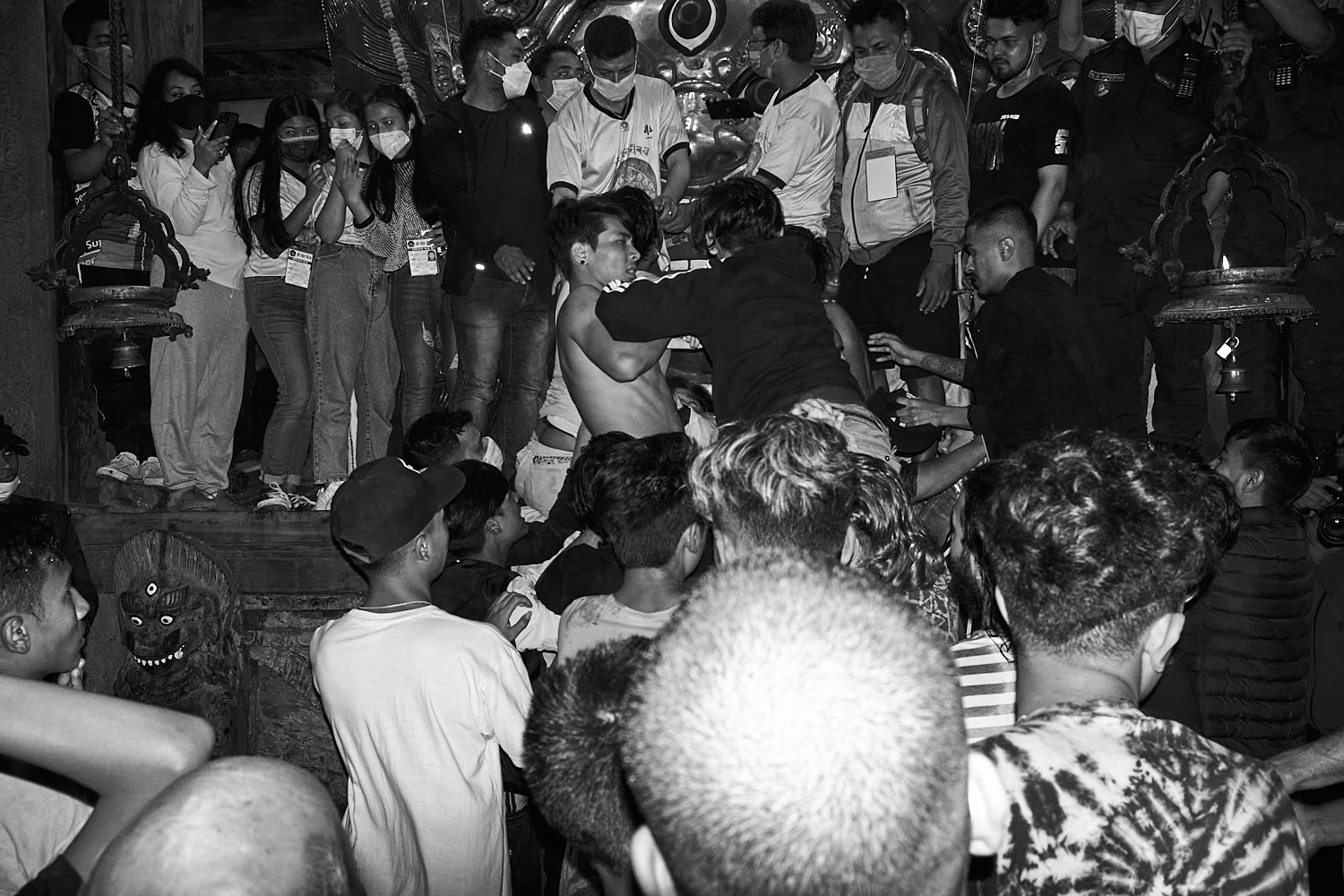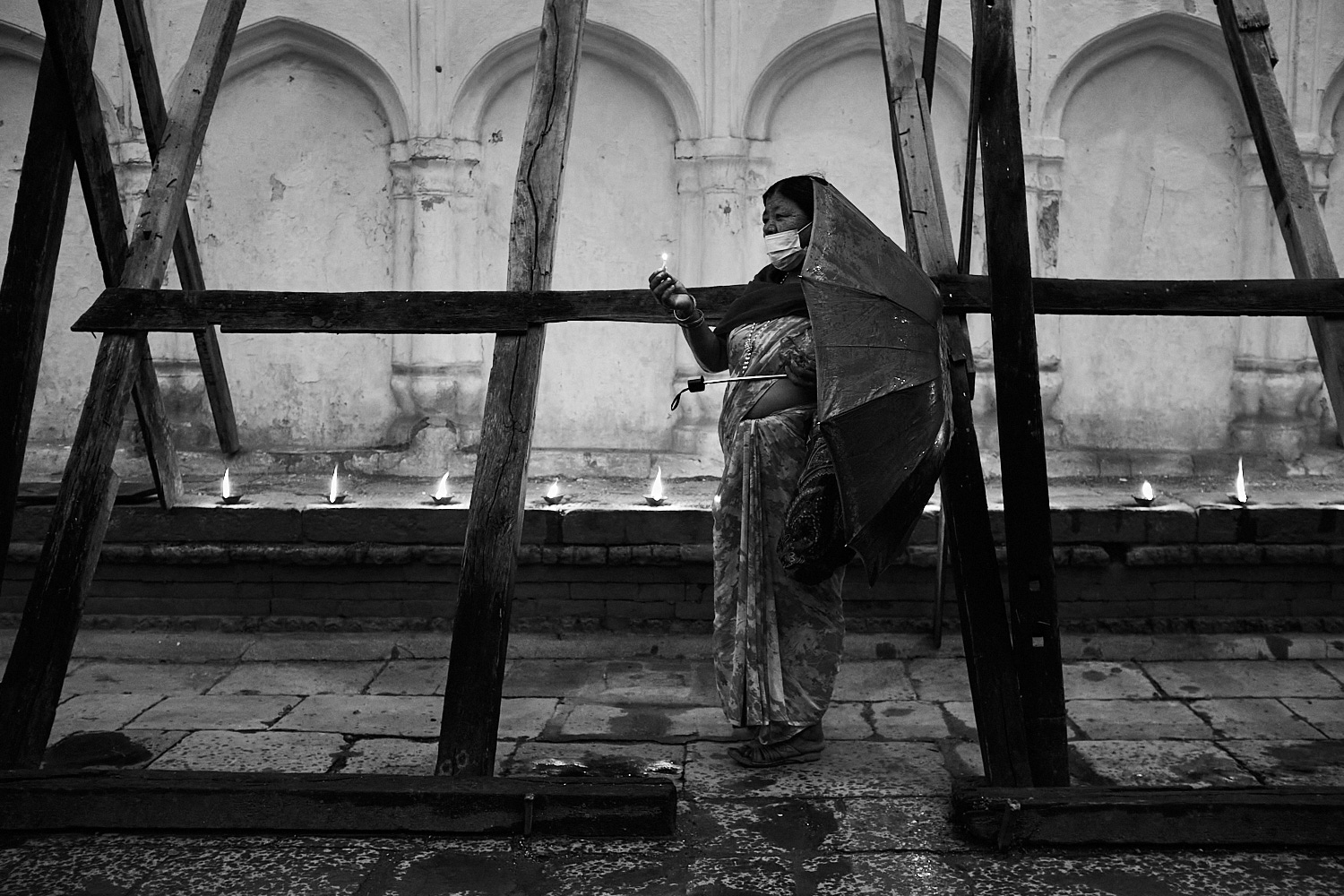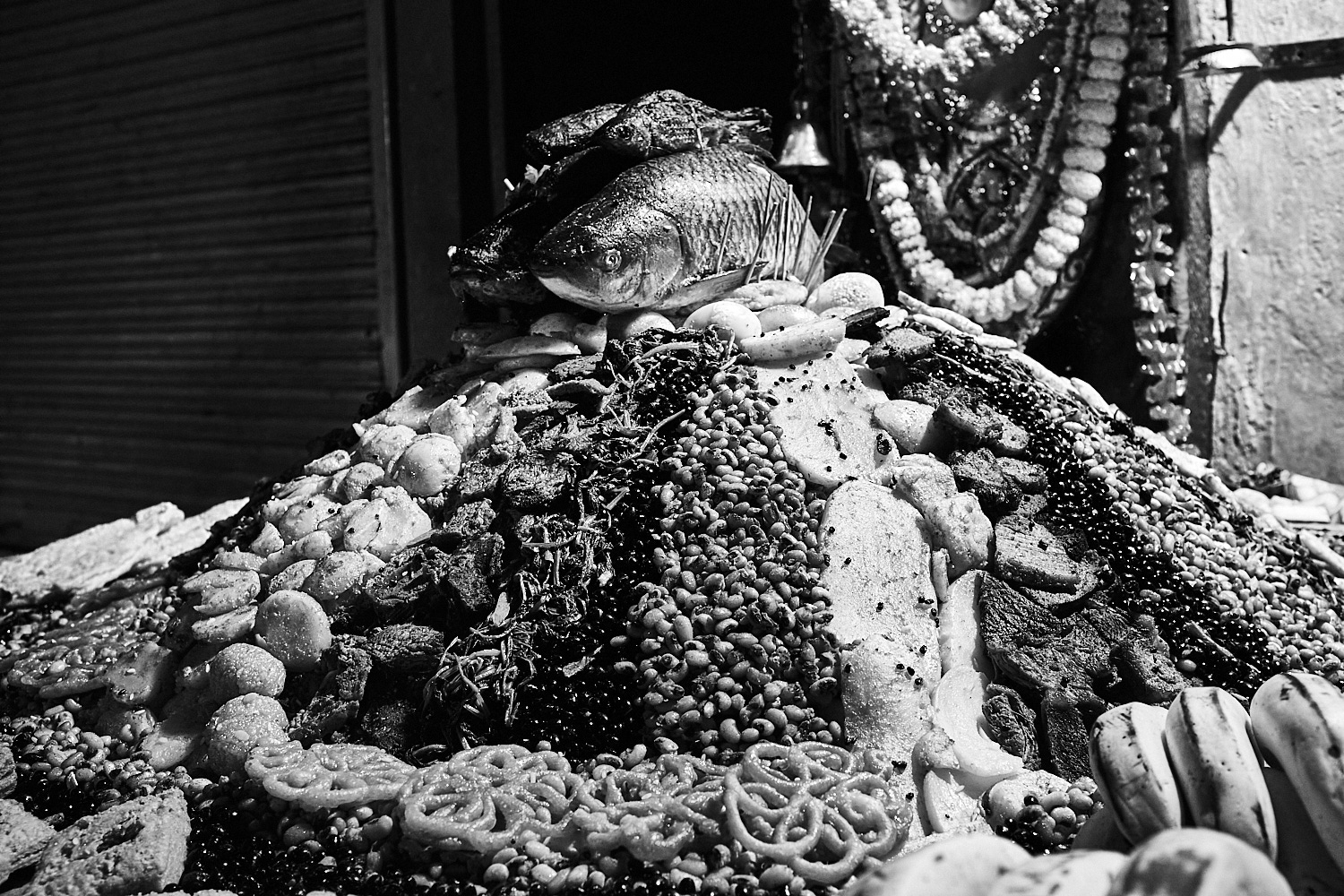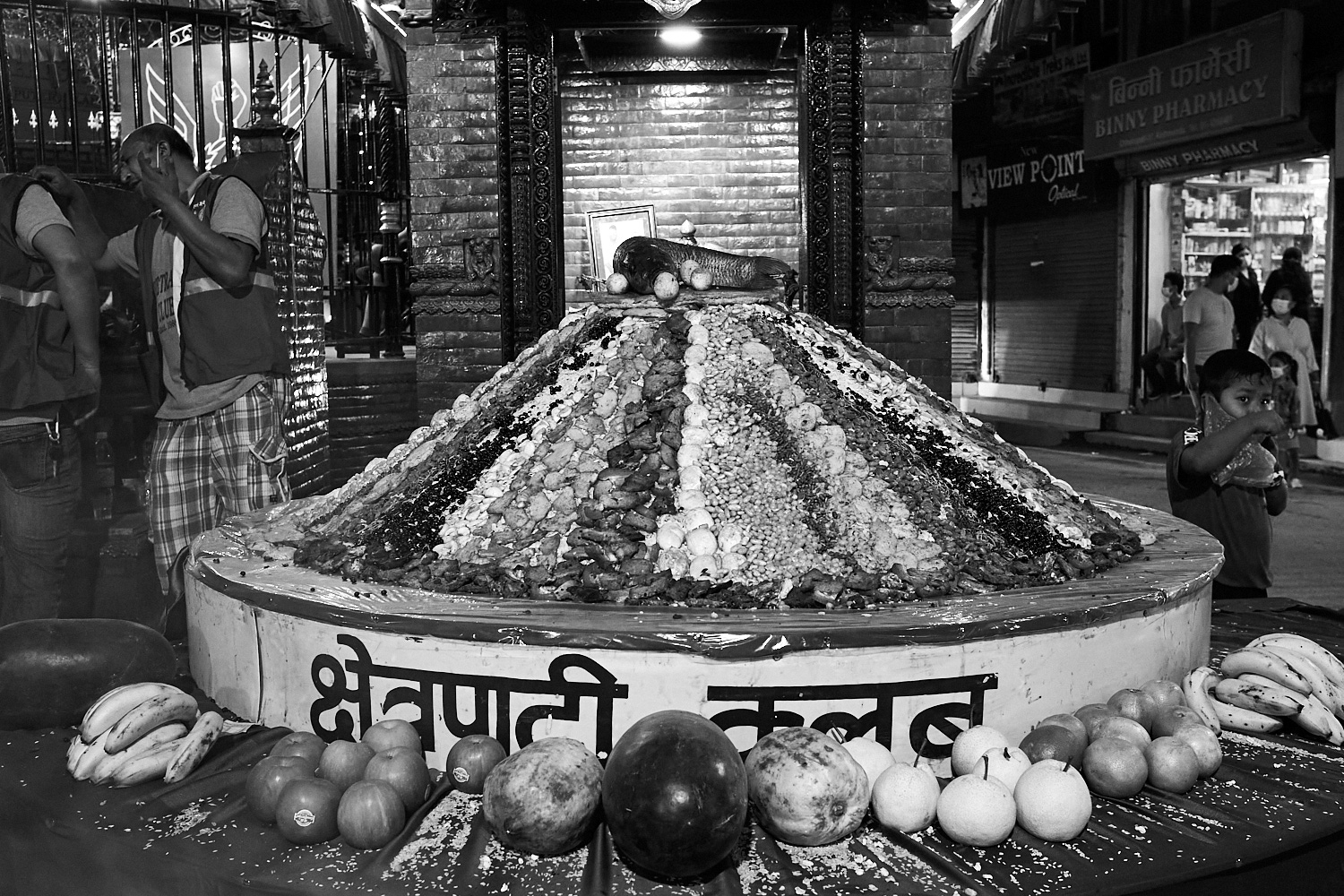Multiple visits to Nepal in the last four years but I had never yet attended one of the country’s largest festivals – Indra Jatra. I know, surprising. But a week before my planned return to India, that changed.
Indra Jatra is known as Yenya in Newari language. According to the legends, Indra – the ‘king of heavens’ descended to Kathmandu disguised as a common man in search of night jasmine flowers, known as parijat locally, for his mother. He was caught but didn’t say who he really was. His mother, looking for him anxiously, also descended to earth and revealed her and her son’s identity.
Considering it fortunate that god Indra and his mother have visited them, people – king and commoners alike – celebrated with songs, dances, feasts, and processions, known as Indra Jatra today. Before they returned to heaven, Indra’s mother gave them her blessing – and thanks to this blessing, it’s believed, Kathmandu Valley receives enough dew in winter months to help cultivate the crops.
The 8-day celebrations officially begin with a wooden pole known as lingo being erected in the Hanuman Dhoka area of Kathmandu Durbar Square. As long as the pole is erect, Indra is present in Kathmandu, it’s believed. The elephant Airavat, Indra’s vehicle, is seen desperately looking for his master.
It’s unclear how this connects to Kumari – the living goddess. This change is said to have happened during the Malla era. It’s also said this it was during this festival that King Jaya Prakash Malla himself was pulling Kumari’s chariot when Gorkha king Prithvi Narayan Shah invaded and took over Kathmandu. Shah also took Kumari’s blessing, a strategic move that helped him win over the people of Kathmandu.
Today the Indra Jatra celebrations include Kumari’s decorated chariot, along with smaller chariots of living gods Ganesh and Bhairab, being pulled around old Kathmandu. As many as 50 young girls dressed as Kumari are invited for Kumari puja (worship), many of whom attract swarm of photographers chasing them for pictures. Dance of Lakhey – a carnivorous daemon who is believed to have become protector of children later – is among the primary attractions. Beside the masked dances and chariot-pulling, animal sacrifice is also part of Indra Jatra.
Samay Baji, a traditional Newari dish is seen on display in different parts of the old town and is used for the feast. The huge mask of Swet Bhairab in Hanuman Dhoka area is opened for public viewing. Every evening, thwon, a type of rice wine, freely flows through this mask and men ‘compete’ to take a sip. The excitement is such that you would think a fight will break out soon among these ambitious men. Lately, one evening is being kept reserved for women only.
Importance of this festival is such that even the king – and now the president and prime minister – will attend the celebrations. Like many of Nepal’s other festivals, Indra Jatra brings together both Hindu and Buddhist communities harmoniously participating in festival.
This album is a collection of photographs taken during the first three days of Indra Jatra, 2021, showcasing the general atmosphere during the celebrations.
Sources:
- The legend behind the myth of Indra Jatra, Nepali Times
- Daemon among deities, Cultural Survival
Year: 2021

